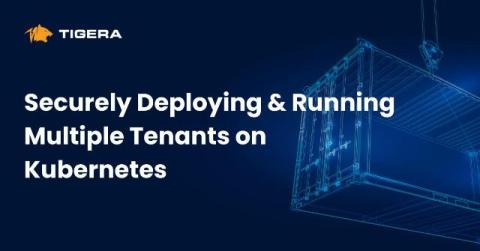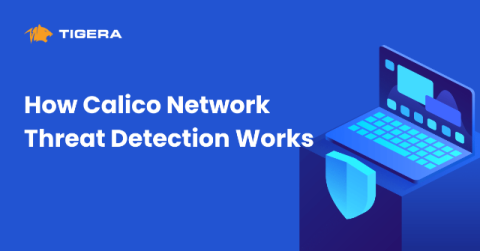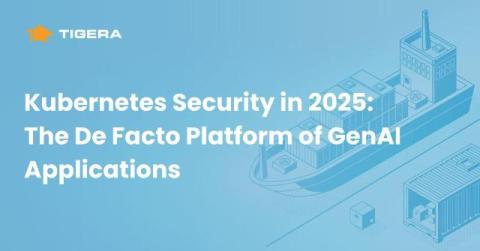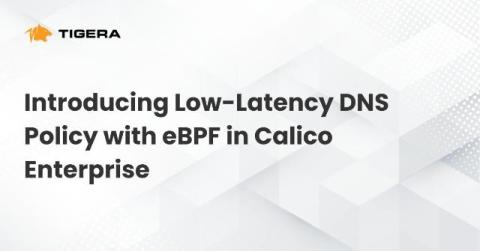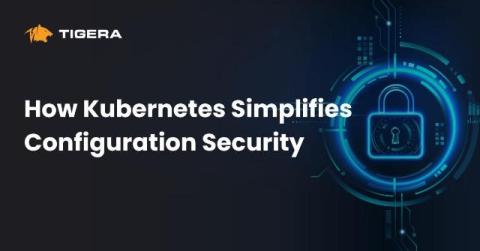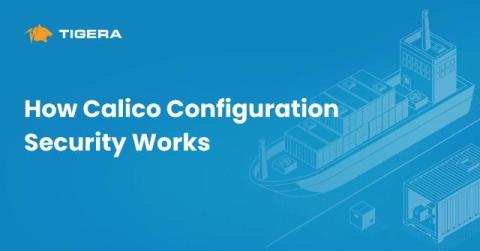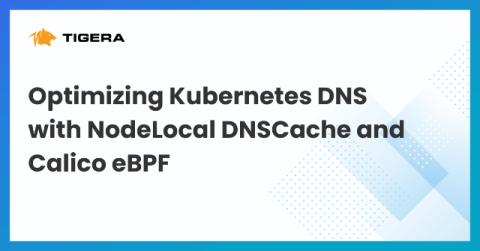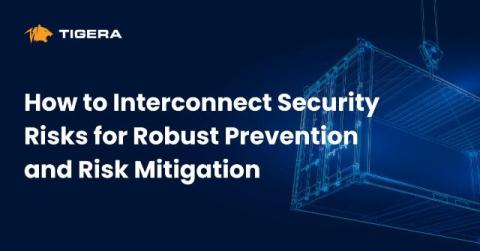Securely Deploying & Running Multiple Tenants on Kubernetes
As Kubernetes becomes the backbone of modern cloud native applications, organizations increasingly seek to consolidate workloads and resources by running multiple tenants within the same Kubernetes infrastructure. These tenants could be: While multitenancy offers cost efficiency and centralized management, it also introduces security and operational challenges: To address these concerns, practitioners have three primary options for deploying multiple tenants securely on Kubernetes.


